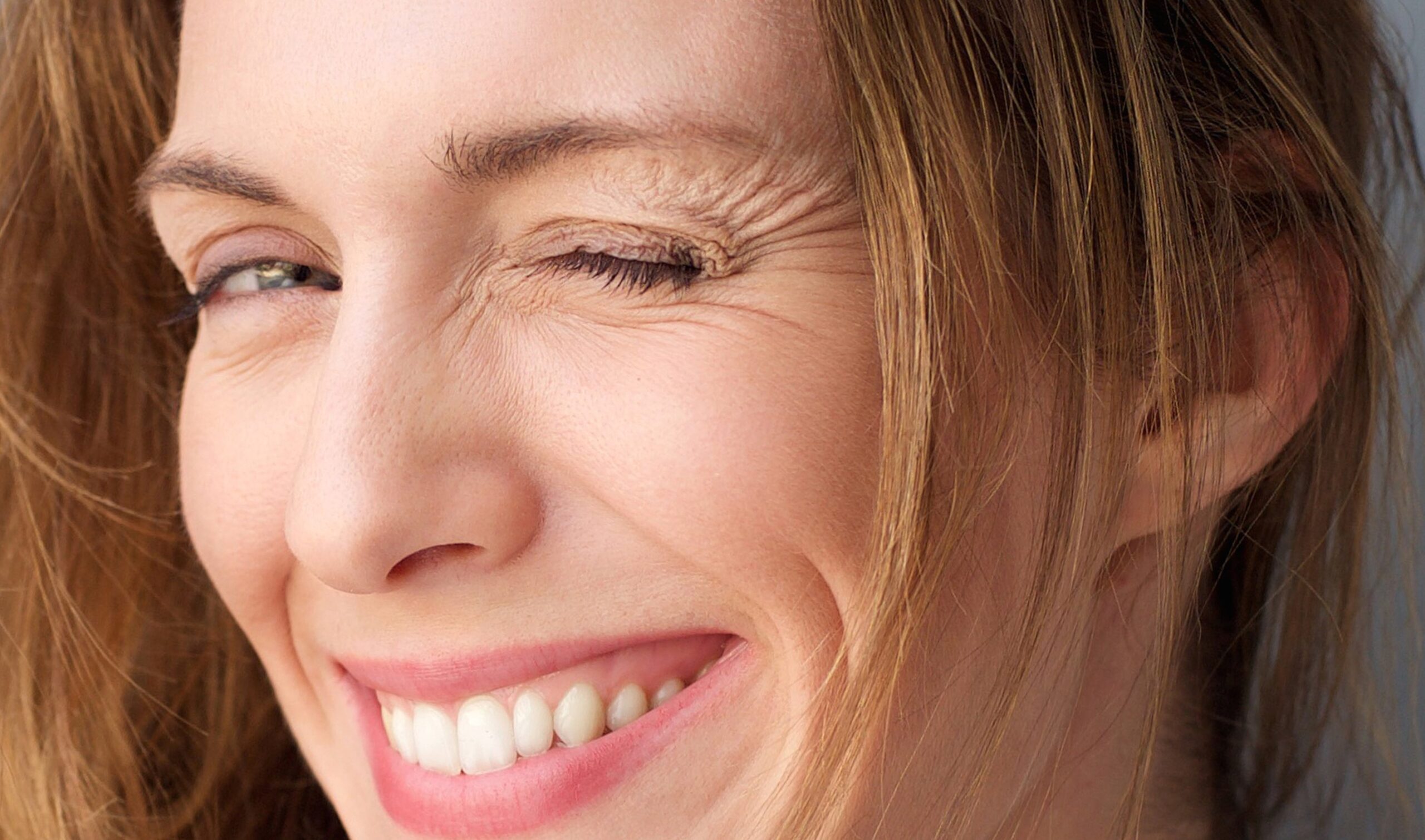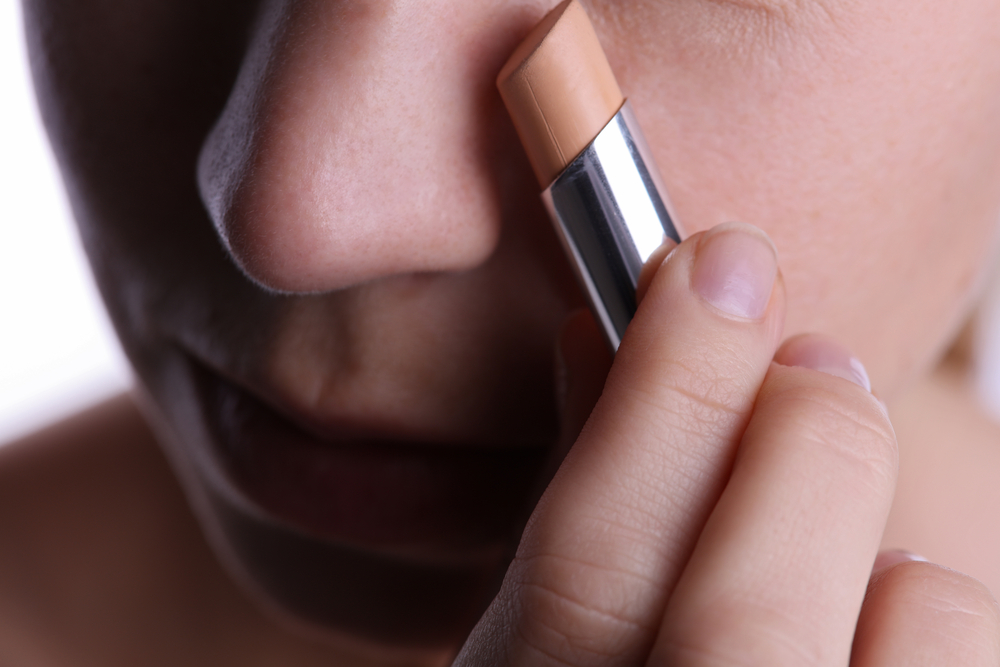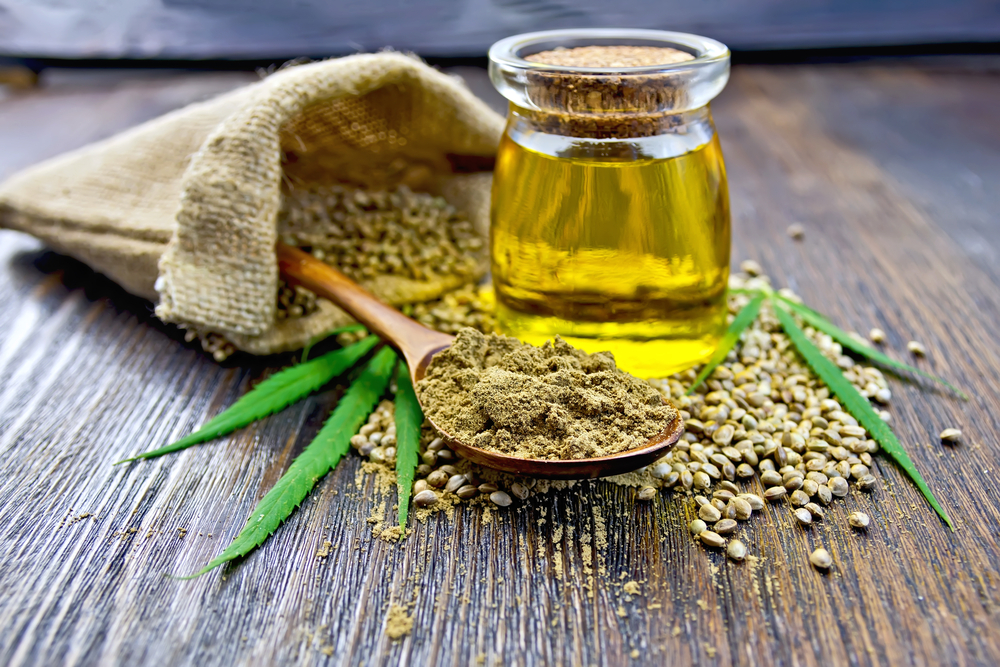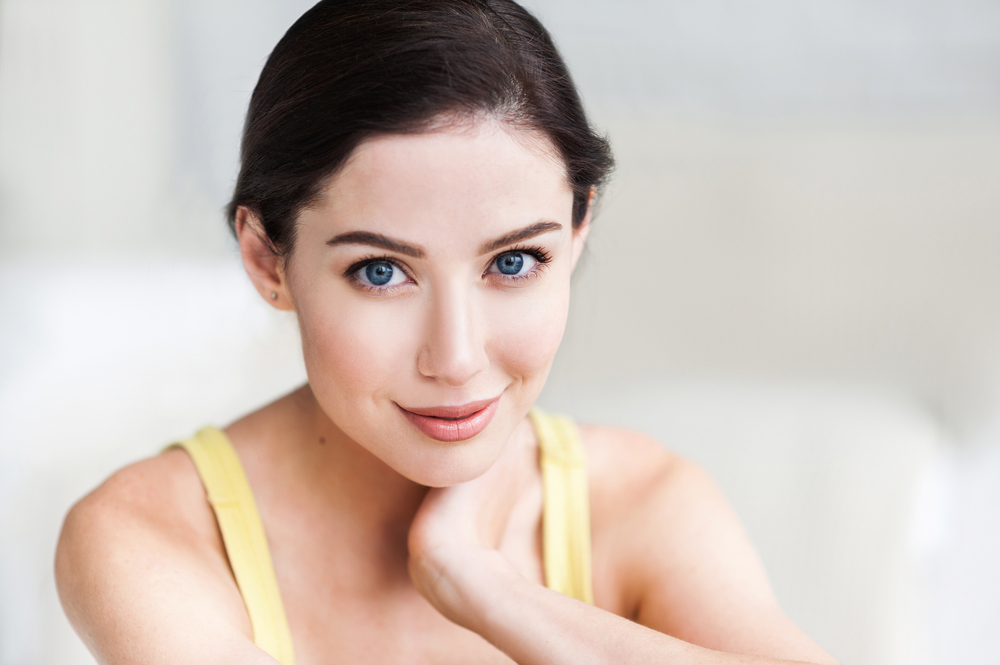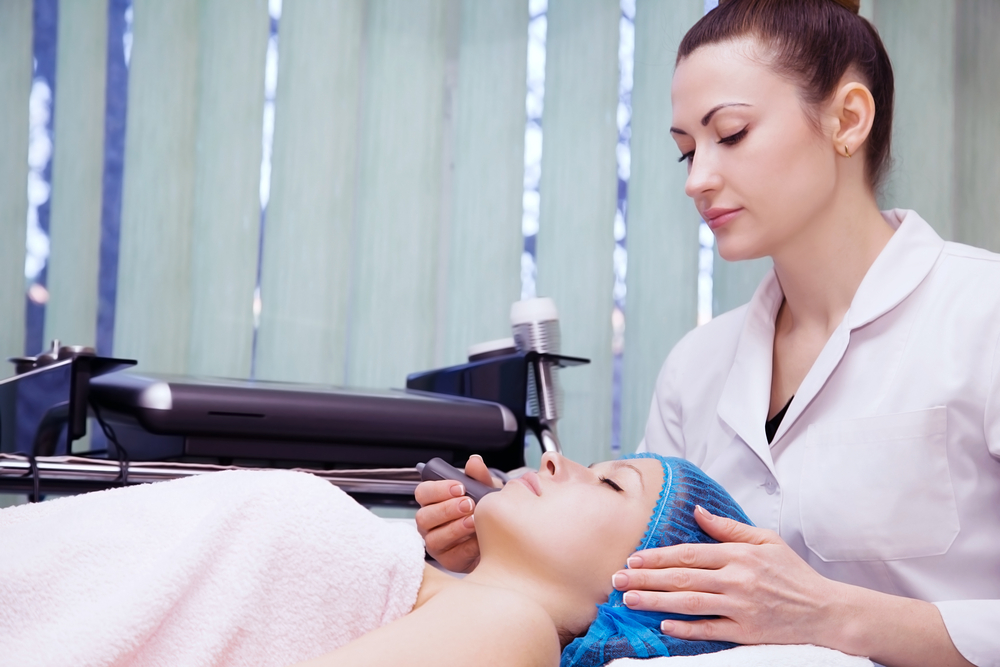Even with the best possible genes and a healthy skin care regimen, facial wrinkles are inevitable. These are the main types of wrinkles and procedures to reverse their appearance.
Good skin produces a protein called collagen, which makes the skin firm and elastic. Skin cells also produce a second protein known as elastin, which enables skin to “snap back” into shape. A child’s face, for example, may show wrinkles when making various expressions, but the elastin puts everything quickly back in order.
Unfortunately, over time collagen and elastin production naturally decreases, the skin dehydrates and supporting fatty tissue thins out. Genes are critical to protein production, with some people’s genes predisposing them to developing more wrinkles even more than others. Then there are the molecules known as free radicals. These are naturally-occurring, short-lived chemicals that can form bonds with skin cells and damage them in the process. Ultraviolet, or UV, rays from the sun can also do lasting damage.
The inevitable result is that wrinkles begin to appear on the face and no longer simply disappear when we stop smiling, laughing, frowning or showing other emotions.
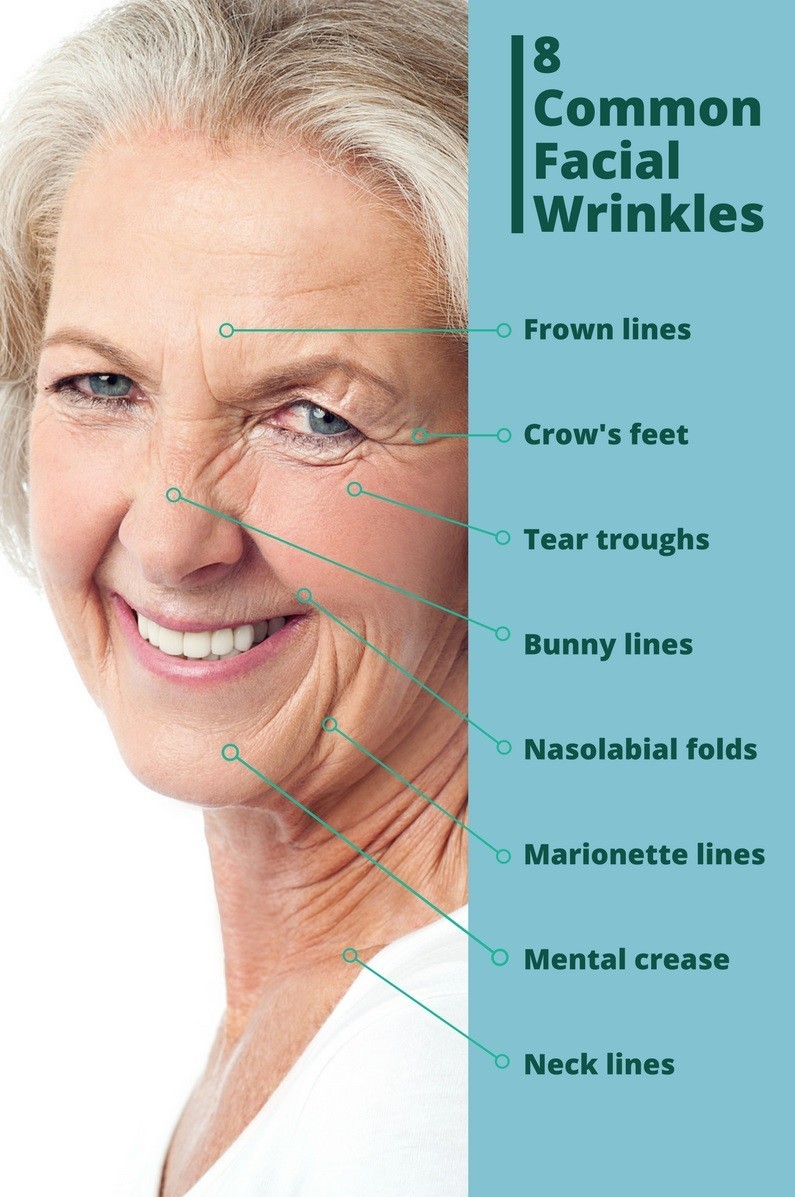
Wrinkles around the eyes
The eyes are said to be the windows of the soul, but that peek inside comes more from the skin around the eyes than the eyes themselves. Besides making a person look older than their age, wrinkles around the eye can give a false impression of one’s mood, potentially making a happy person look sad or an energetic person look tired.
- Bunny lines: thin lines that appear on or beside the top of the nose. They result from smiling and can be a side effect of having other lines treated while ignoring the nose.
- Crow’s feet: lines coming from the outer side of the eyes. They are caused by a loss of collagen and damage to fibers stretched while smiling or squinting. They appear even in young faces while smiling. The older the person, the more likely these lines will become permanent.
- Frown lines (glabellar lines): vertical lines that appear between the eyebrows and give the appearance of a sad or tired expression. They are caused by a combination of damaged skin and the motion of the skin muscles.
- Sleep lines: folds that can appear from pressing your face against the pillow while sleeping. Normally, they go away once you are up and out of bed, but over time they can be permanently etched in the face. They commonly appear around the eyes or on the forehead.
- Tear troughs (nasojugal groove): grooves or folds coming down from the inner side of the eyes. They can deepen with age as they approach another fold coming down from the other side of the eye, the palpebromalar groove. Together the folds can create the appearance of “bags” under the eyes. Tear troughs are not the result of weeping. They come from a loss of volume in the skin.
Wrinkles in the mouth area
There is a cruel saying that by middle-age we get the face we deserve, implying that lines, especially the ones around the mouth, reflect our personalities. It is a superstition, plain and simple, to suggest that these lines tell us about anything beyond genetics, but the belief is still widespread.
- Marionette lines (jowls): lines that run straight down from the sides of the mouth, creating an expression of extreme unhappiness. They result from a loss of collagen in the skin and may also have a genetic component.
- Mental crease (chin crease): a horizontal line situated between the chin and lower lip. It results from a loss of chin fat and can make the mouth seem puckered. In extreme cases, it can cause the entire face to appear oddly out of balance.
- Mouth frown: sagging lines at both ends of the mouth can make a person look unhappy or even angry. They can be caused by the loss of collagen and elastin that comes with aging.
- Nasolabial folds (smile lines, laugh lines): lines that arc from the side of the nose to the side of the lips. These folds can seem to deepen, but that is an illusion caused by the loss of cheek fat. The fat can slip down (move inferiorly) and back (move anteriorly).
- Vertical lip lines (smoker’s lines): thin folds that appear between the nose and the upper lip. They’re not only caused by smoking; aging and genetics also play a role in the loss of collagen, which is the ultimate source of these lines.
Wrinkles framing the face
While the eyes, nose and mouth may be responsible for catching a person’s attention, the outer areas surrounding these features create a frame that can affect the overall impression of an individual’s age, mood and temperament.
- Cheek wrinkles: creases in the cheek can come from sun damage or loss of volume.
- Forehead lines (worry lines): horizontal lines across result from the loss of collagen and sun damage. Repetitive motions over many years that are part of frowning or stress expressions can also lead to forehead lines.
- Neck lines: folds and sagging neck skin are caused by a wide variety of factors.
Medical procedures to reverse aging
With so many causes of facial wrinkles, no one treatment can erase or minimize them all. The basic approaches are:
Minimizing movement-induced wrinkles
Lines around the eyes grow more noticeable when a person smiles or frowns. The standard method to treat these particular lines involves utilizing neurotoxins. These chemicals block the nervous signal to the muscle, causing it to relax, with the reduction in motion-based, dynamic lines becoming observable within a few days. The most famous of these medications is Botox. One of the biggest selling points of Botox is that there is no down time required while the patient recovers. The medication is injected in a doctor’s office and the patient goes home, simple as that.
The small amount of swelling which sometimes accompanies these treatments is typically gone by the next day. The effects generally last for 3 to 4 months, but are often still visible 9-12 months afterward. Regular injections may sound potentially expensive and bothersome, but many people are delighted with the results and have been getting regular Botox injections for years.
Many providers offer Botox treatments but it’s always recommended to use a board-certified facial plastic surgeon when undergoing any serious cosmetic procedure. These are very experienced doctors with additional specialized training in facial anatomy, always perfectly understanding where to place an injection in order to treat a specific wrinkle. Each person’s face is different, and patients should expect nothing less than the doctor treating them to be an expert in the procedure they’re administering.
Restoring volume
Another common cause of facial lines is the loss of fatty tissue, collagen and elastin. The obvious solution to this problem is to restore the missing elements and plump up the skin. Typical procedures require 1 or 2 sessions. There are a great many fillers to choose from, each with their pros, cons and prices.
- Collagen: When injected this natural protein tends to flatten and smooth out wrinkles. It is also used to reshape lips and fill in scars. When employed as a wrinkle minimizer, the effect can last for several months.
- Fat grafting: Fat is taken from one part of the body and used as filler, typically around the mouth. As the fill comes from the patient’s own body, there is no risk of an allergic reaction.
- Hyaluronic acid: a gel-like substance that exists naturally between skin cells and is generally used as filler in parts of the face where a soft touch is preferred, like the lips. Although hyaluronic acid doesn’t last as long as some other fillers, it’s the non-allergenic properties that makes it so popular. The best known brand names for hyaluronic acid dermal fillers are Juvederm and Restylane.
- Hydroxyapatite microspheres: Going under the brand name Radiesse, this paste-like filler is used when firmer support is required. The nasolabial folds, for example, are a good target.
- Poly-L-Lactic acid: This product, sold under the brand name Sculptra, stimulates the body to produce its own collagen. It is most successful in the cheeks and sides of the forehead and has long lasting (years) results. It requires multiple sessions, however.
Laser resurfacing
Lasers are becoming increasingly popular tools in the field of plastic surgery. To reduce facial wrinkles, laser resurfacing induces the growth of new collagen, creating a rejuvenated look. The procedure is very quick. The immediate result is similar to a serious sunburn, with a red face that peels away after a few days. Once the surface skin has peeled, however, the face appears fresh and much younger looking.
It’s important to note that while the results of laser resurfacing can seem miraculous, wrinkles associated with facial movements (e.g., crow’s feet, bunny lines and forehead lines) can promptly return if the procedure isn’t followed up with Botox or a similar treatment.
Although wrinkles alone can be treated without surgery, in more complicated cases when there is also sagging skin, the procedure known as a lift remains the best way to get satisfactory results.
- Brow lift (forehead lift): Tightens the skin above the eyes, resulting in a reduction of forehead lines, bunny lines and frown lines.
- Eye lift (blepharoplasty): Reduces bags beneath the lower lid and tightens the upper lid.
- Facelift (rhytidectomy): Tightens facial skin and reduces wrinkles by tightening the facial muscles and removing fatty materials. The effect lasts longer than fills or neurotoxins, one of the main reasons why facelifts are among the most common plastic surgery procedures in America.
- Neck lift (lower rhytidectomy): Removes sagging skin responsible for double chins, tightens the jowls and improves the neck’s muscle structure.
Prevention
In order to keep the appearance of healthy skin that you’ve been cultivating looking its best, trust your common sense: wash your face regularly, get enough sleep, use sunscreen, try to avoid unnecessary stress and stay away from cigarettes. Smoking reduces your body’s ability to produce the natural collagen that keeps your skin looking its best.
Use moisturizers to avoid dry skin and stick to a healthy diet. Another good way to improve skin health is to regularly rub a variety of oils into the skin, most notably olive oil, coconut oil, aloe vera and topical vitamin C ointments. Besides helping to keep skin looking younger, following these steps also reduces the risk of developing skin cancer.
Yes, skincare involves a bit of effort and expense, but there is no reason why you should have to live with dried-out, wrinkled skin that makes you look older and unhealthier than you actually are.





